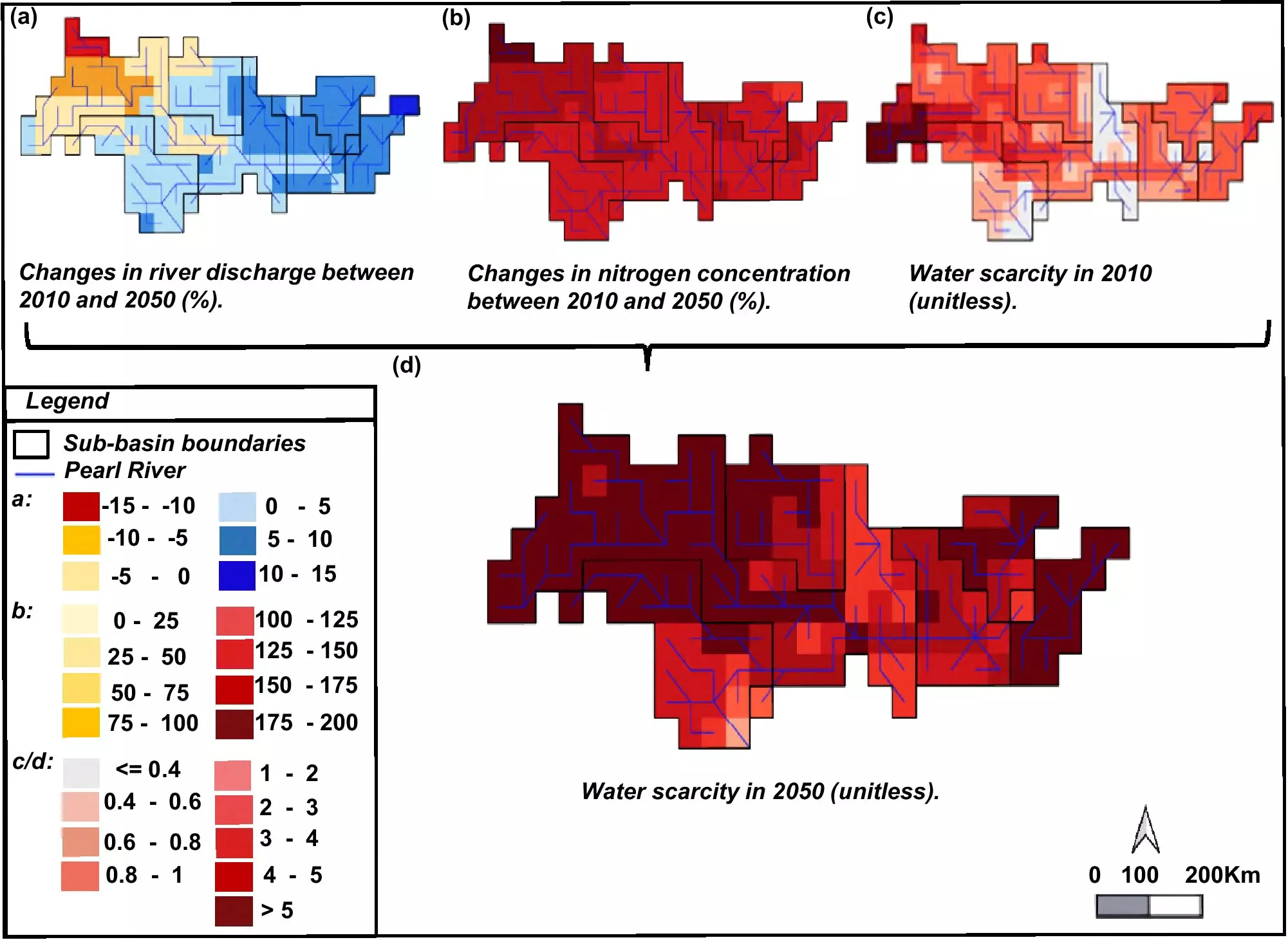As global populations swell and climate change intensifies, water scarcity has emerged not merely as an environmental issue but as a pressing socioeconomic challenge. The tension between water supply and demand has reached critical levels, endangering millions and threatening economic stability across numerous sectors, including energy, agriculture, and manufacturing. According to research presented in *Nature Communications*, over half of the world’s population resides in regions plagued by limited access to clean water or facing severe pollution, which significantly compromises public health and economic viability. In essence, failing to address water scarcity is tantamount to jeopardizing the very foundations upon which societies are built.
Innovative Approaches to Modern Water Management
In response to this urgent crisis, a groundbreaking study led by an international team of researchers has introduced a novel modeling technique aimed at revolutionizing water management. This approach not only seeks to evaluate the quantity of available water but significantly broadens the scope to include its quality. By integrating a nutrient modeling framework with cost-saving methodologies, researchers have meticulously assessed the interplay of biogeochemistry, climate impacts, and human activities. Taher Kahil, who spearheads the Water Security Research Group at IIASA, articulated a clear goal: mitigating water scarcity while ensuring water that meets human, ecological, and economic requirements.
As the digital landscape advances, it’s vital that the water management sector embraces smart technologies that promise enhanced efficiency and monitoring. Tools such as remote sensors, automated irrigation systems, and digital twins can provide immediate insights into water usage, ultimately allowing for data-driven decisions that maximize resource utilization. Despite the apparent benefits of such innovations, a gaping funding chasm persists, evidenced by the fact that the water sector receives less than one percent of climate-tech investments, according to the World Economic Forum. This stark reality underscores the necessity for comprehensive investment strategies that can elevate water sustainability initiatives.
Integrating Quality Considerations into Water Strategy
One of the pivotal insights from the research revolves around water quality management as a cost-effective path toward alleviating future water scarcity challenges. Existing conversations around water scarcity often excessively prioritize quantity, neglecting the critical need for clean, usable water. The study focused on the Pearl River Basin in China, a region grappling with both acute scarcity and pollution, exploring various scenarios influenced by socioeconomic trends and climate change. Maryna Strokal, a corresponding author of the study and Associate Professor at Wageningen University & Research, emphasized the urgency of addressing nitrogen pollution by reducing reliance on chemical fertilizers and treating wastewater. These strategic initiatives not only promise to restore water quality but also significantly mitigate scarcity.
The grim projections indicate that by 2050, water scarcity could quadruple under scenarios of unchecked economic growth and climate change within the Pearl River Basin. However, outcomes suggest that through dedicated investment in water quality management, the anticipated scarcity could potentially be cut in half. This stark dichotomy showcases the dual advantage of holistic approaches—enhancing water quality while simultaneously safeguarding future supply.
A Blueprint for Global Water Strategy
What stands out from this research is its applicability beyond the Pearl River Basin; the methodologies developed can serve as a prototype for other heavily stressed river basins worldwide. By providing a robust framework for assessing and mitigating water scarcity, the implications extend into policies and programs aligned with the Sustainable Development Goals. Kahil’s remarks envision a future where effective water management strategies can be tailored to various environmental and socioeconomic contexts, ensuring that water’s role in supporting life and livelihoods is preserved.
The necessity to address water scarcity comprehensively cannot be overstated; it requires synchronized efforts that encompass innovative technologies, financial investment, and sustainable practices. As we navigate an increasingly resource-stressed planet, collaborative strategies that prioritize both quality and quantity in water management are indispensable not just for survival but for thriving in an uncertain future. The actions we take today will undoubtedly shape the world of tomorrow, underscoring that water is not merely a resource; it is the essence of life.


Leave a Reply